Chinkin production process
Motifs are carved onto lacquer finished foundation
with a chisel and filling the chiseled part with gold leaves and gold powder.
This is the “Chinkin (Gold Inlay)” technique. In contrast to the “lacquering” of Maki-e, Chinkin (Gold Inlay) is a “carving” technique,
so every carving is a true challenge. There is no room for error.
Chinkin (Gold Inlay) is a technique in which a surface is coated with a Roiro lacquer finish and designs are carved on the surface lacquer with a special carving chisel. Precious metal leaf and powder are then inlayed in the cut patterns. This style features a fine and delicate finish combined with powerful high-relief expression. The Chinkin technique yields great expression in subjects such as the texture of bird feathers and results in extremely realistic designs. Therefore, Chinkin is considered a leading Japanese traditional lacquer ware technique.
The Chinkin technique has a long history. It originated in China where it is known as “Soukin” and began in the Sung dynasty (960 – 1279). In the early Ming Dynasty, it was considered to be the most advanced lacquer ware technique (1368 – 1644). The Soukin technique arrived in Japan during the Kamakura Era (Circa 1281 – 1385) and artifacts were made during the period of the Northern and Southern Dynasties (1330 – 1393). Wajima lacquer ware Chinkin artifacts were made by Gorobe the Carpenter in the Edo-Kyouho era (Circa 1716 – 1735) using Soukin technique artifacts as a reference.
The carving techniques in the Chinkin method include Tenbori (dot carving), using a concentrated group of dots, Senbori (linear carving), employing concentrated lines, Kosuribori (rub carving), rough surface scratching, and Katagiribori (one-side carving), using one corner of a flat chisel blade. By skillfully combining large and small dots, thin and thick lines and harder and softer tones, fine delicate works with powerful high relief, deep perspective and rich texture are achleved.
Unlike the Maki- technique, the Chinkin technique involves carving and not coating, and so once the work begins, it cannot be corrected even if an error is made. Therefore, mistakes cannot be made. Each touch of the carving chisel requires intense skill and concentration. Unlike painting techniques, a highly advanced technique is required for Chinkin work on curved surfaces such as bowls and Natsume tea caddies. Consequently, the artisan needs extensive experience and inner strength. In addition, work using the Chinkin technique can only be achieved by artists with immense strength of mind and outstanding skills. Chinkin is the ultimate supreme technique.



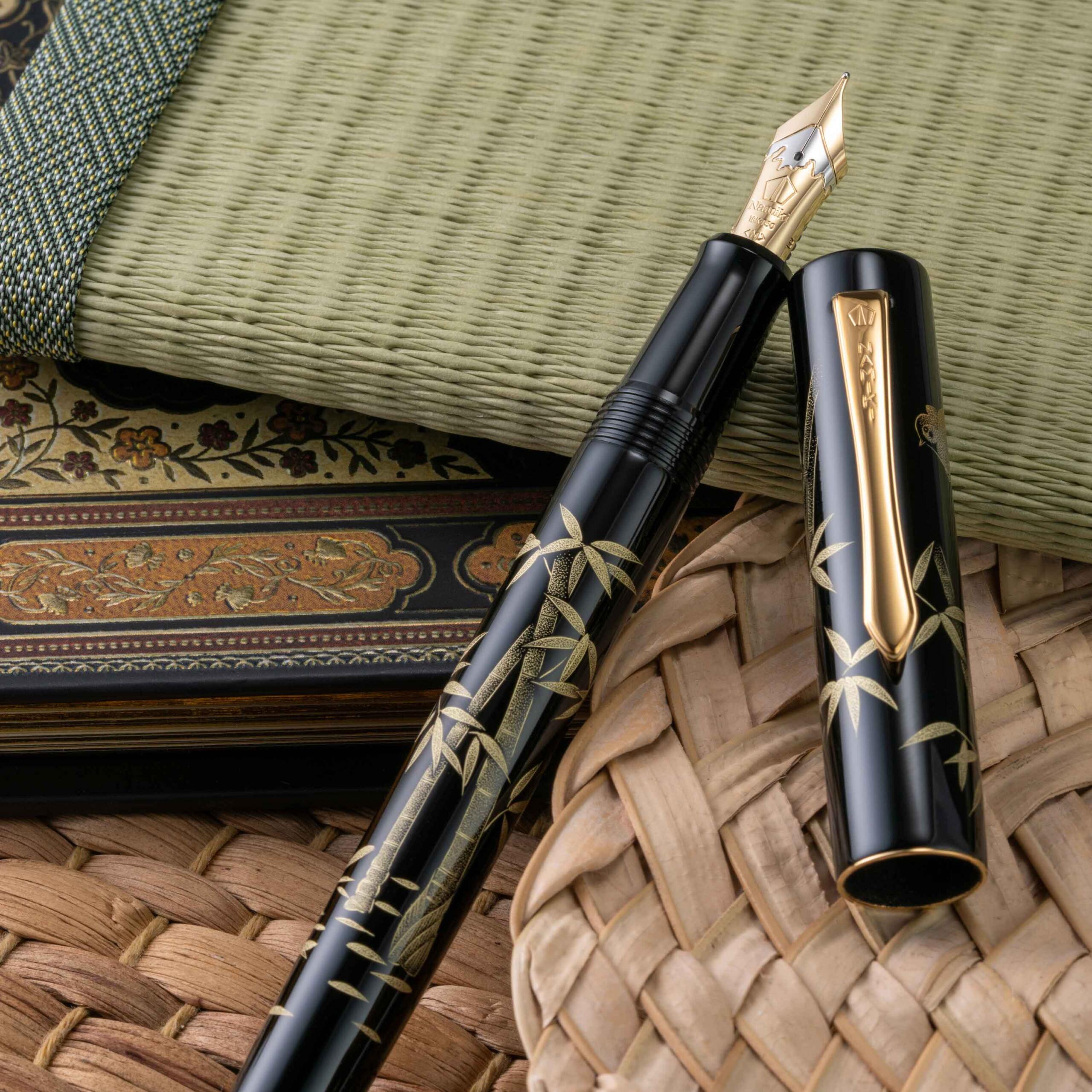
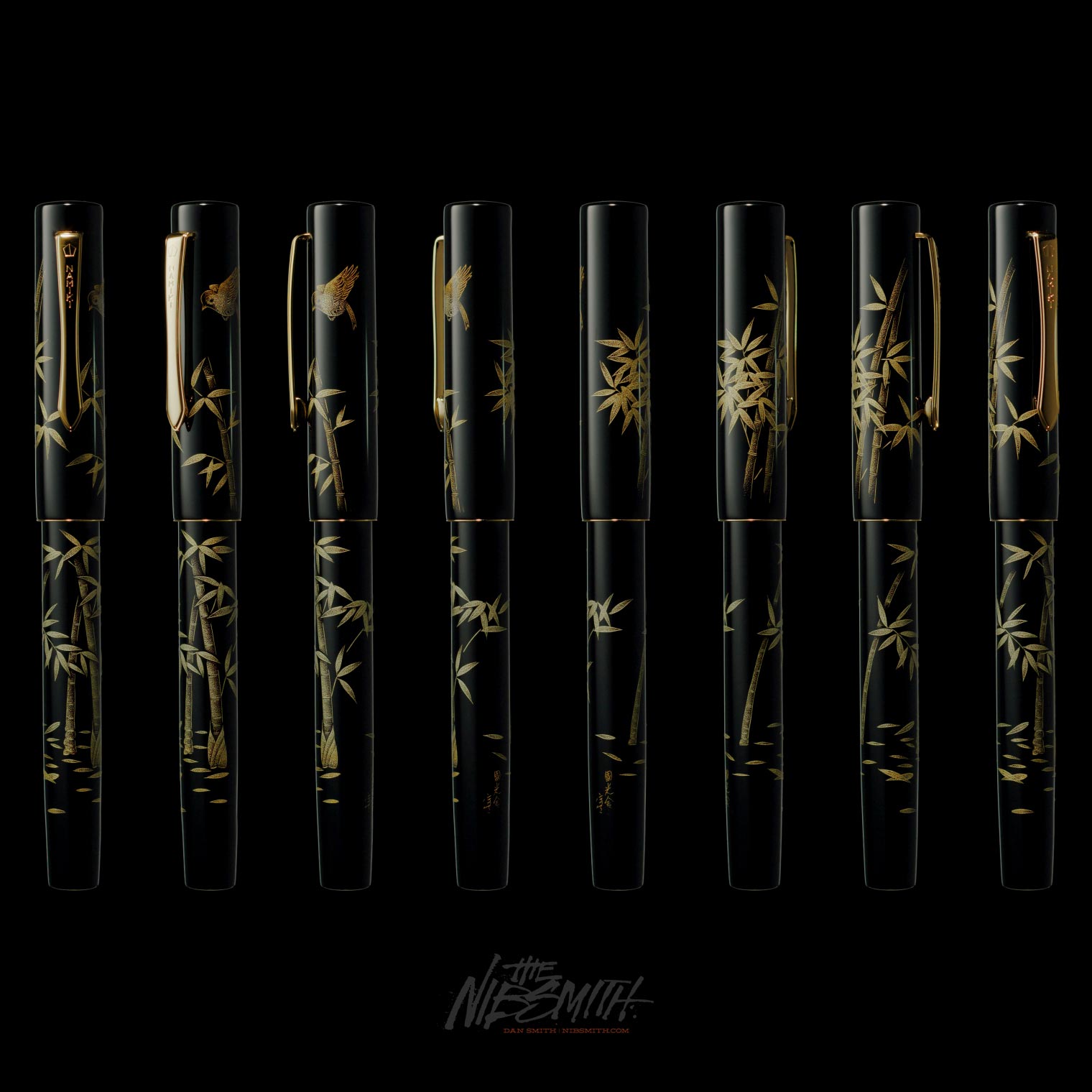


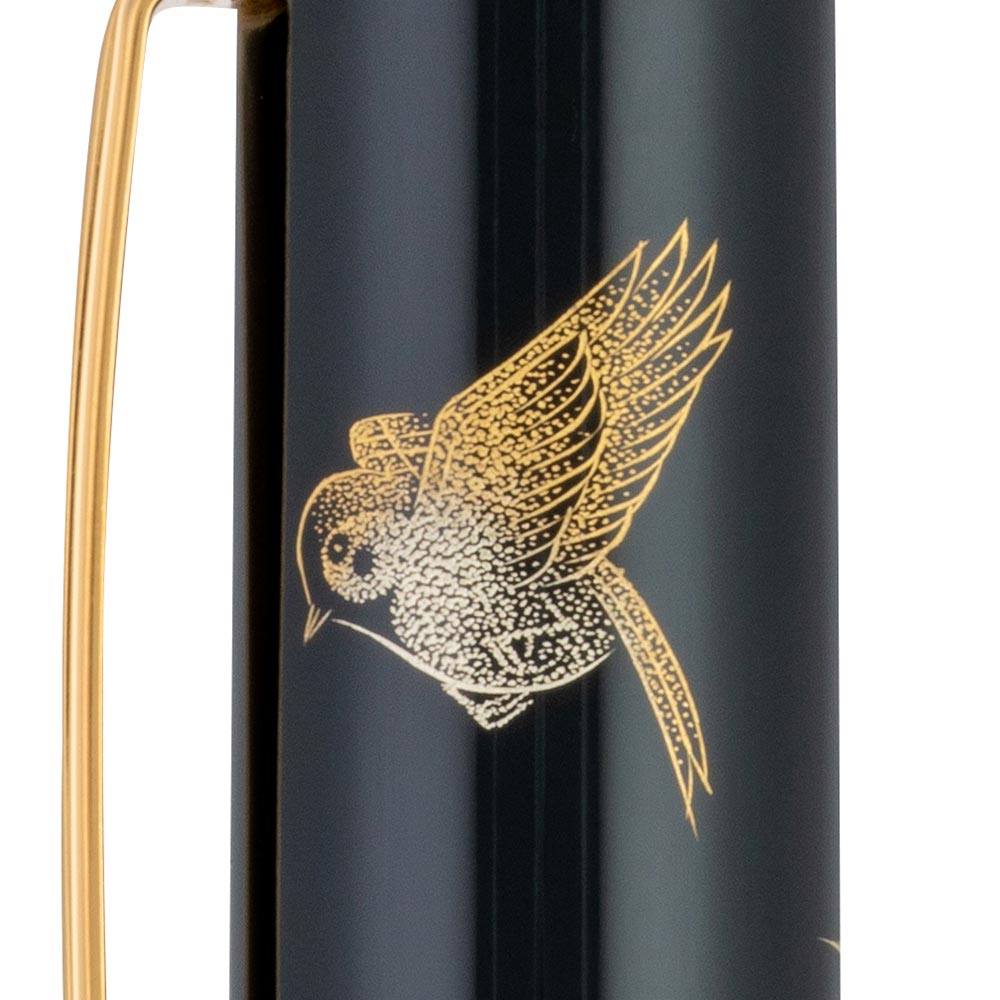
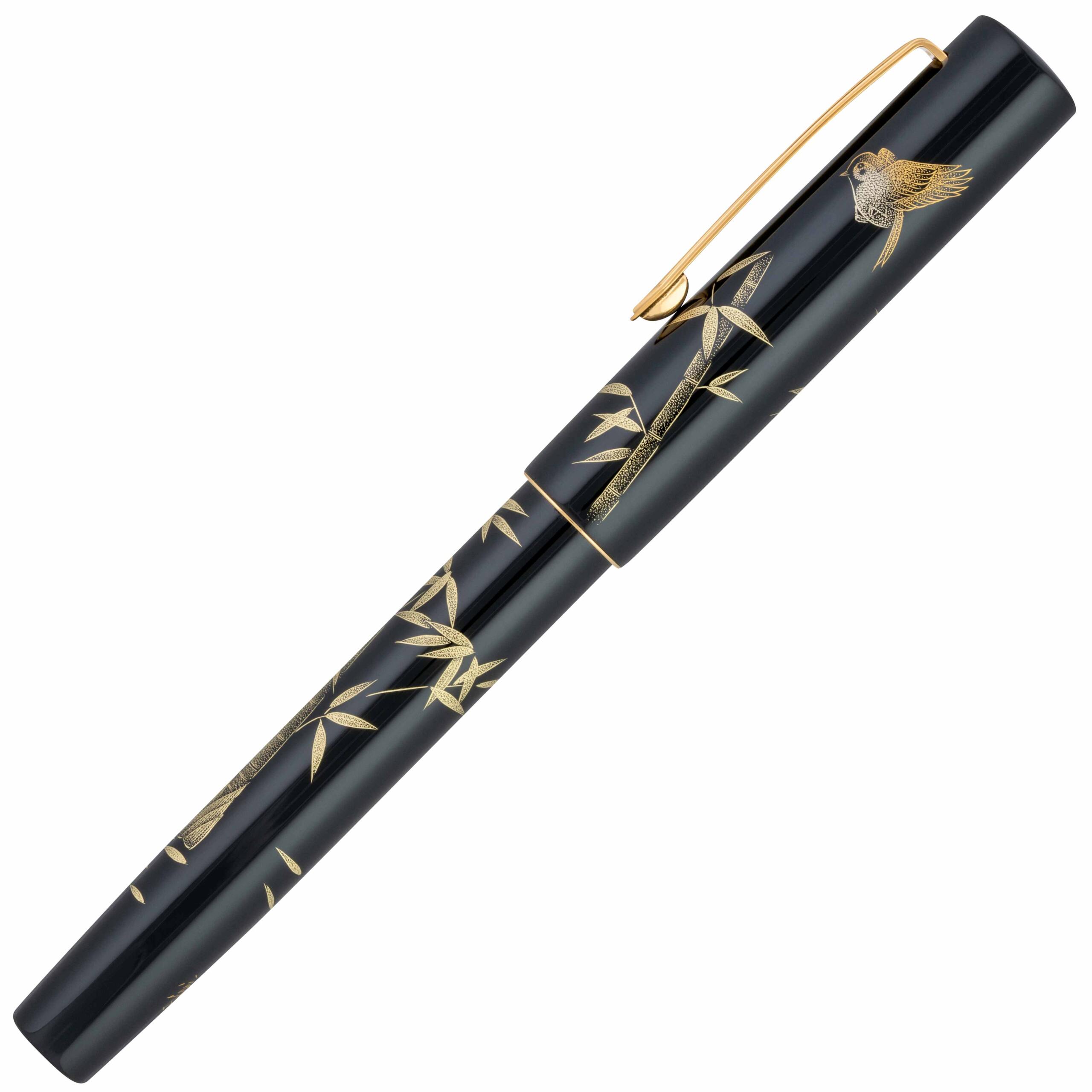
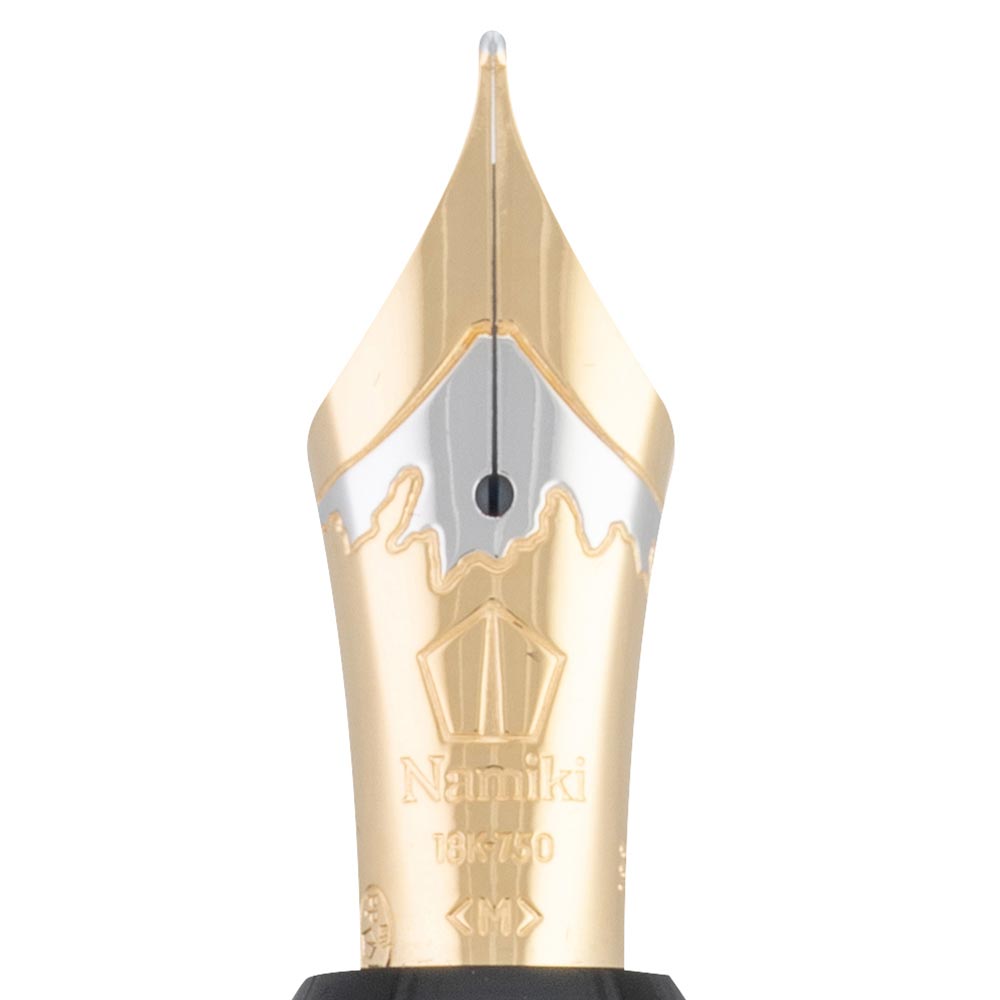
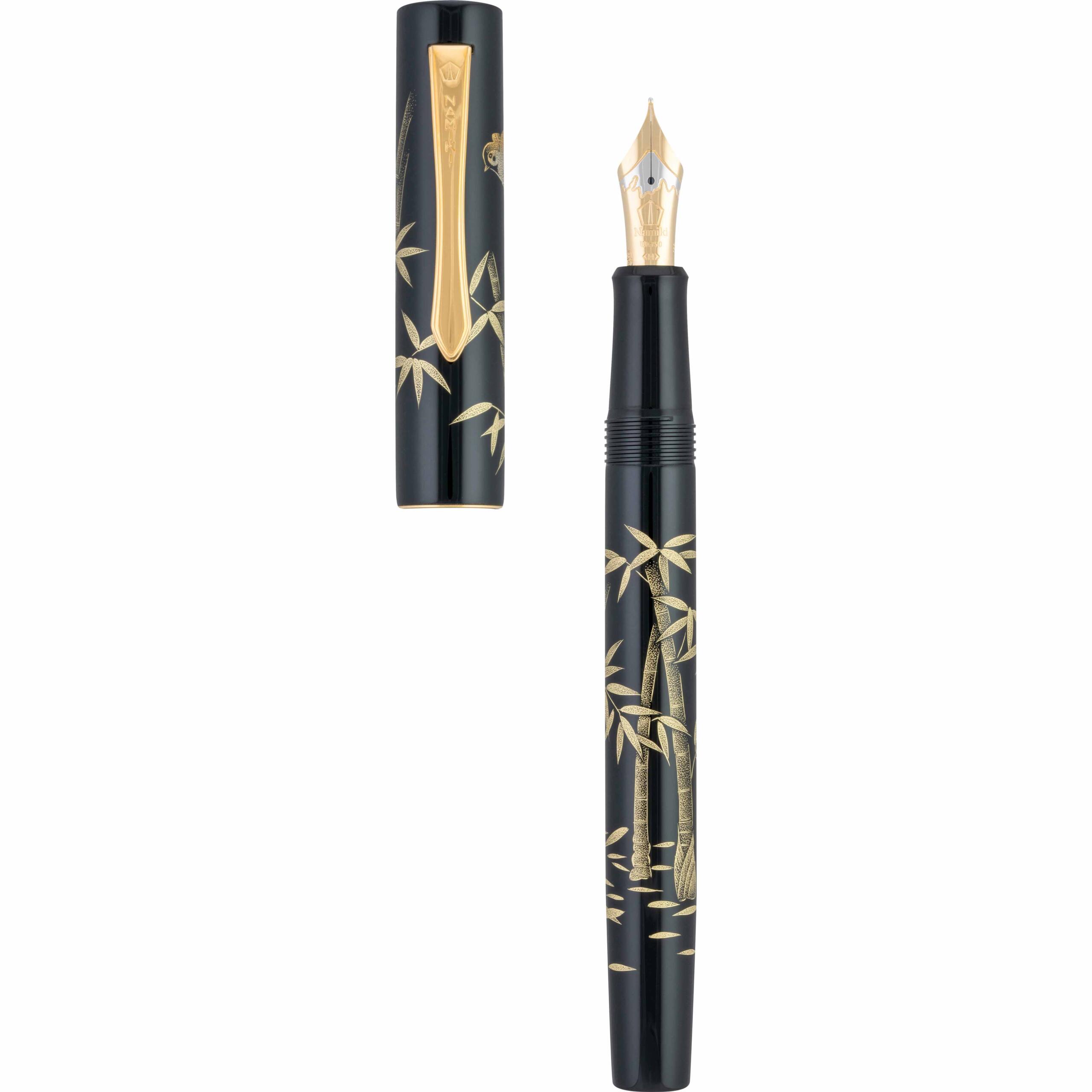
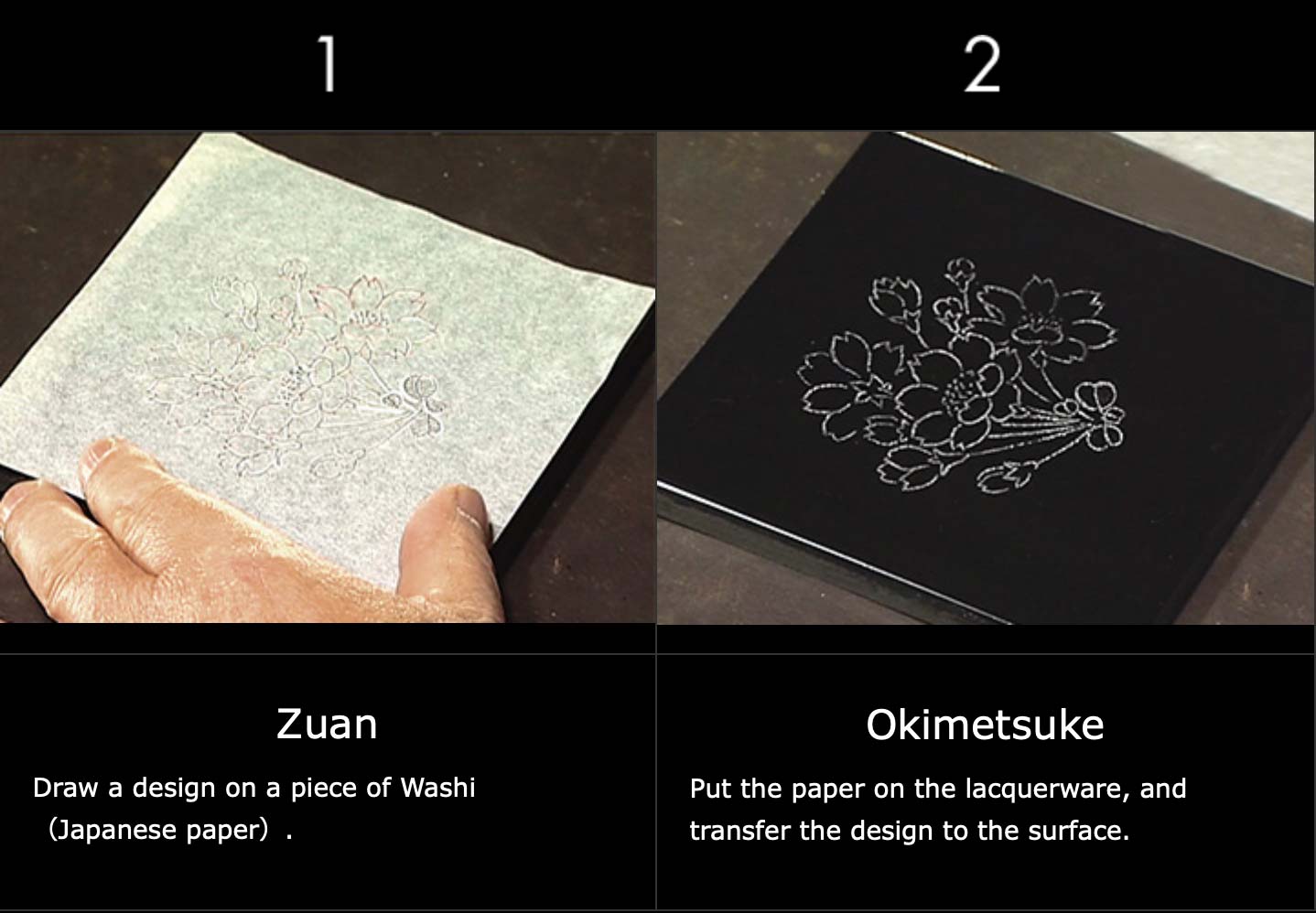
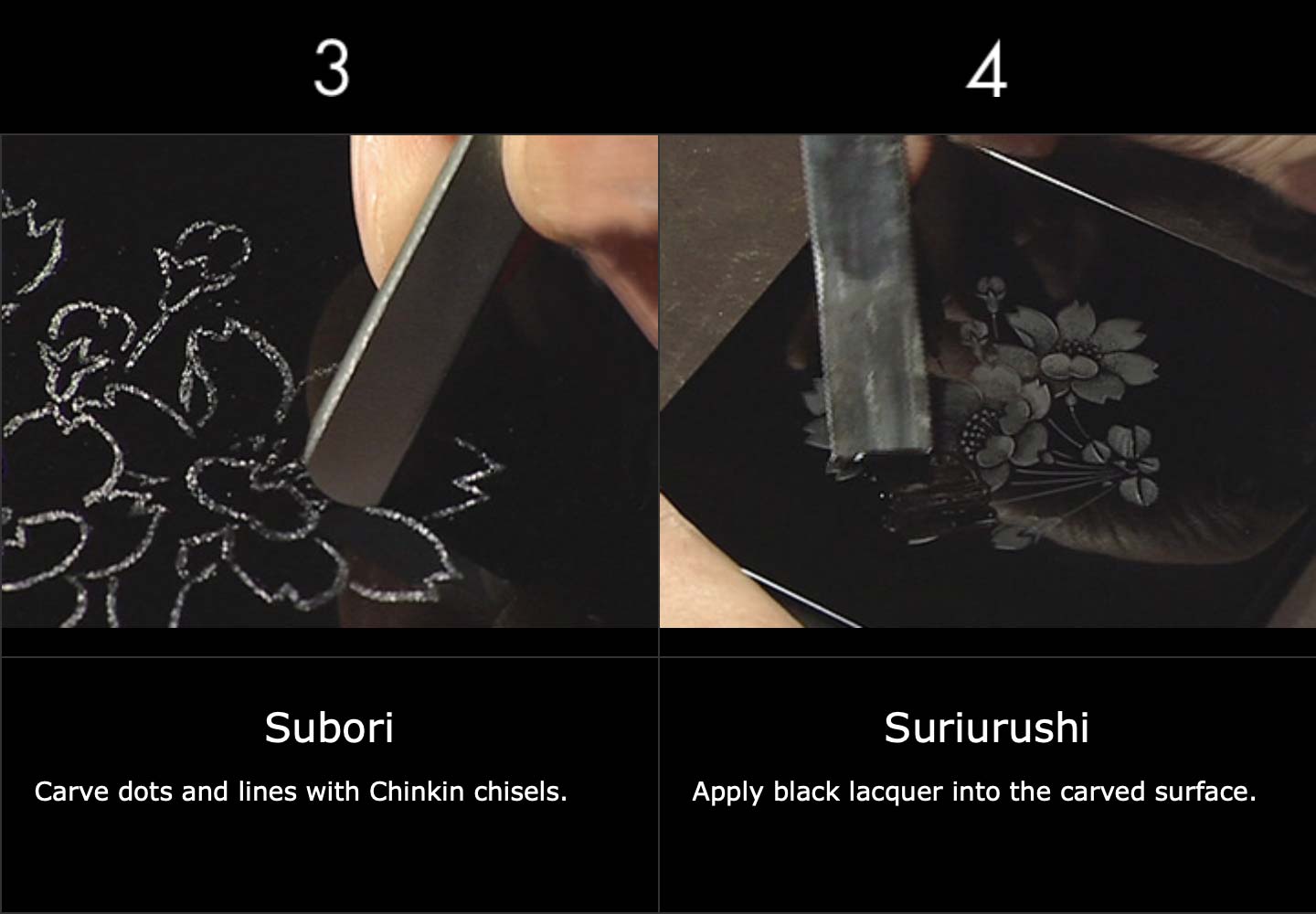
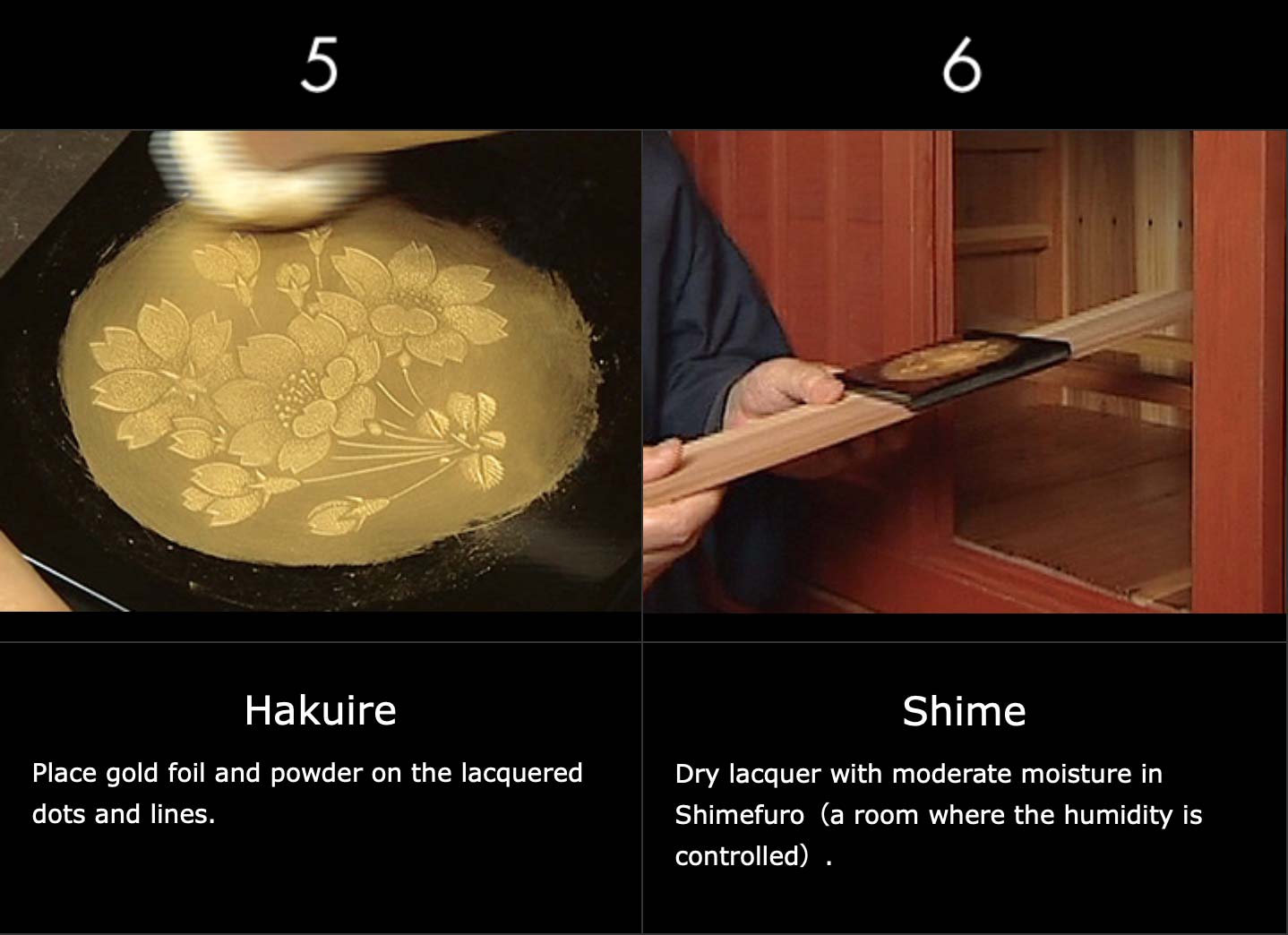
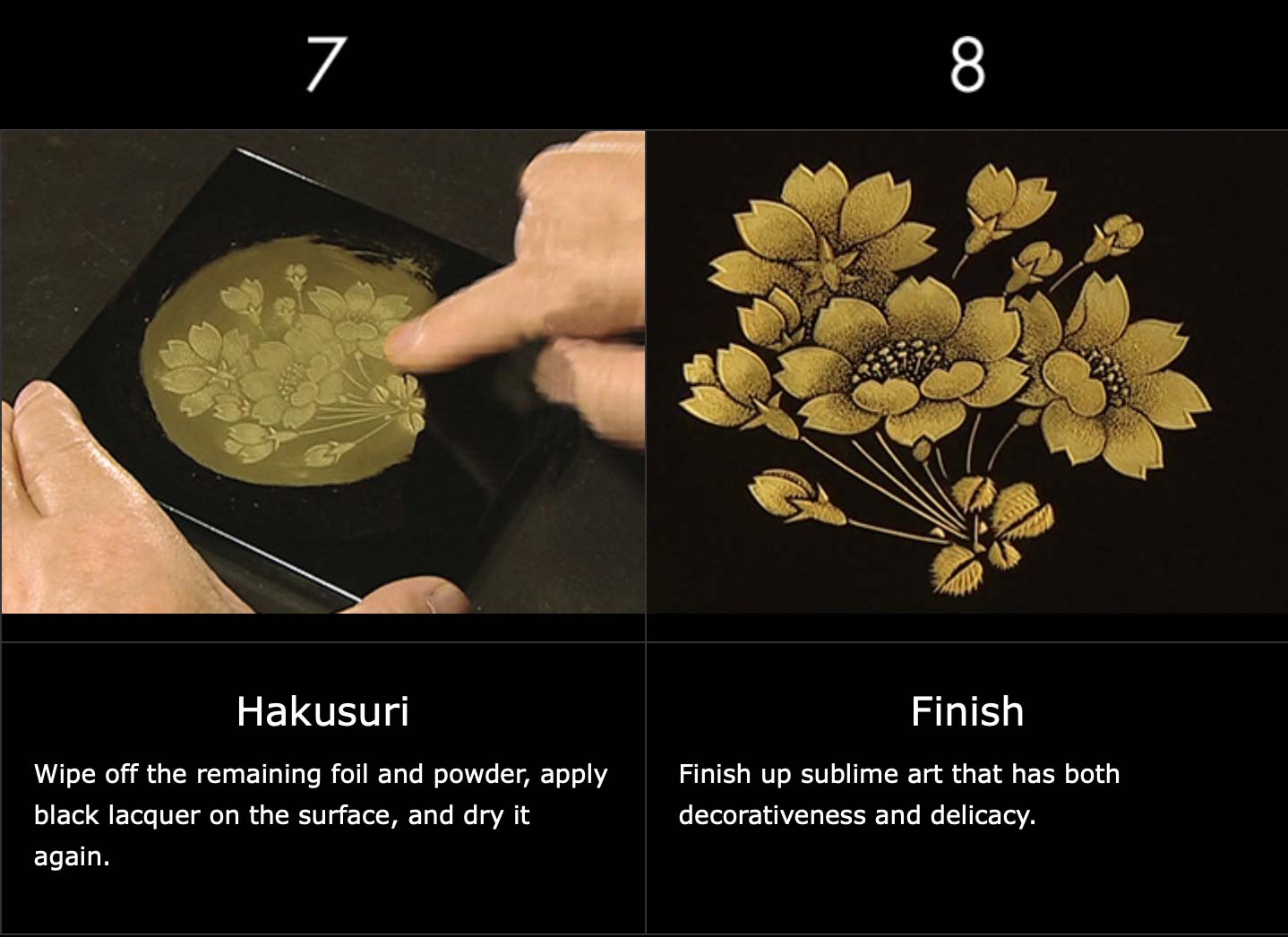
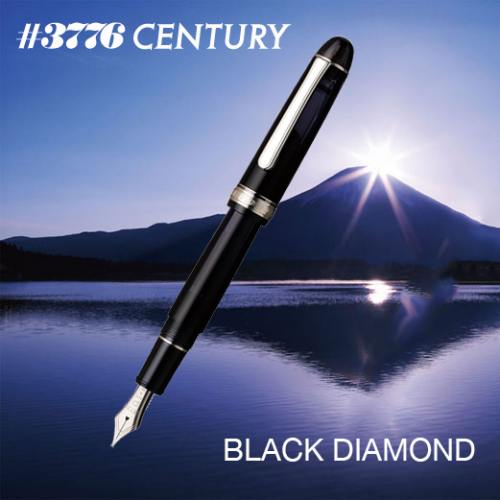

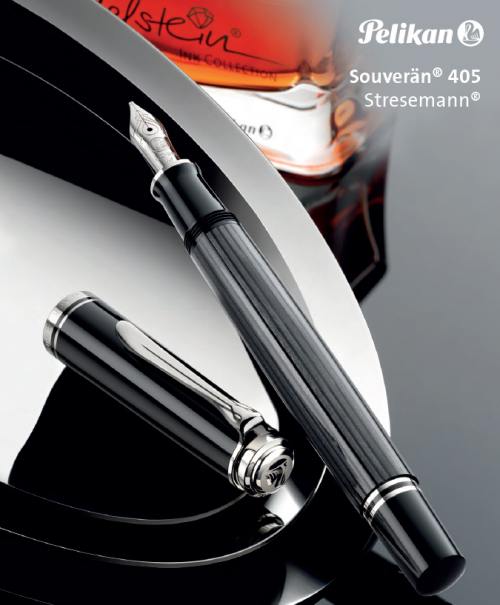
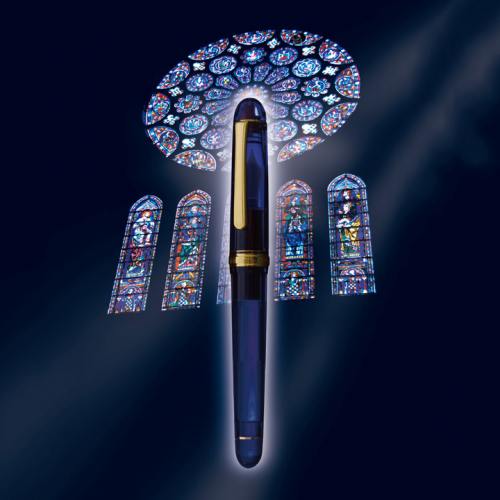
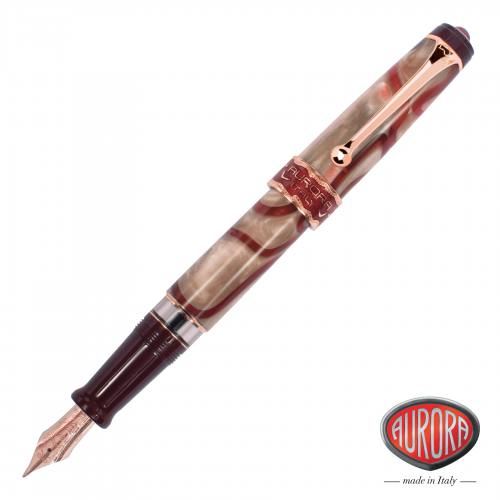
Reviews
There are no reviews yet.